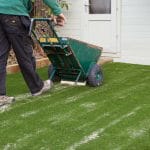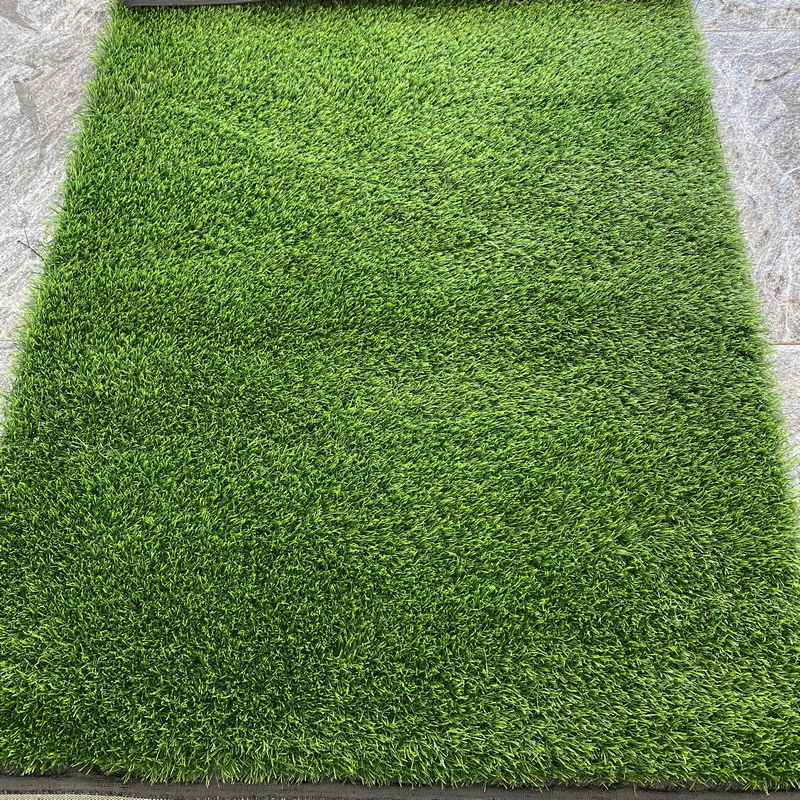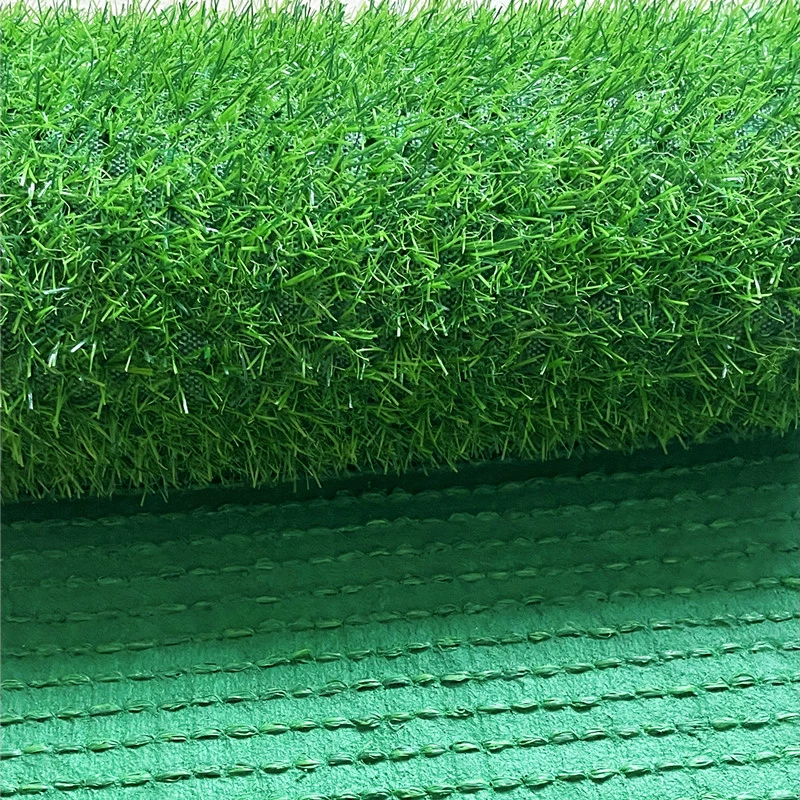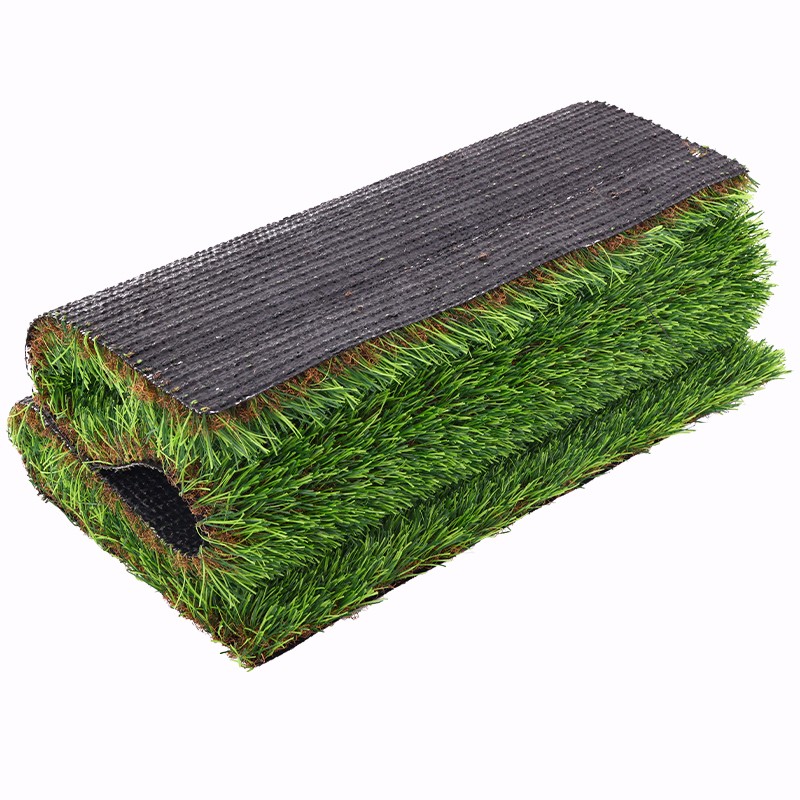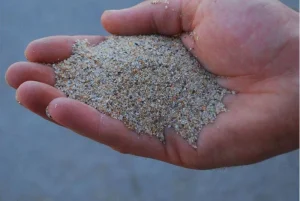
The best type of sand for artificial grass infill is silica sand. Silica sand is a type of quartz sand that is very fine and round. It is also very durable and will not break down over time. Silica sand is also very absorbent, which helps to improve drainage and prevent the artificial grass from becoming waterlogged.
Other types of sand, such as play sand or masonry sand, can also be used as artificial grass infill, but they are not as ideal as silica sand. Play sand is typically too coarse and can cause discomfort when walking on the artificial grass. Masonry sand is also too coarse and can also be abrasive, which can damage the artificial grass over time.
When choosing silica sand for artificial grass infill, it is important to choose a sand that is specifically designed for this purpose. This type of sand will be free of dust and impurities, which can damage the artificial grass.
Here are some additional tips for choosing and using silica sand for artificial grass infill:
- Choose a coarse builder’s or concrete sand rather than fine beach sands which compact down over time.
- Angular sand grains with sharp edges offer better stability and drainage compared to rounded river sand.
- Look for sand labeled as “high porosity” or “free-draining” which won’t retain moisture and lead to mildew.
- The sand should be small enough to easily fall between the grass blades but not so fine that it clogs the turf permeable backing.
- For landscaping areas, a 16 or 30 grit sand is ideal. Sports fields may use up to 60 grit sands.
- Wash white sand is very fine and too powdery. Only use as a bottom base layer below larger grained infill.
- Avoid any sand or crushed rock with very sharp, abrasive grains that can cut or damage the turf fibers over time.
- Quarry screenings, paver sand, or coarse masonry sands formulated for drainage work well.
- Pick natural tan hues over bright white sand for the most seamless color blend with artificial blades.
The right infill sand stabilizes the turf and keeps a lush appearance while allowing drainage and airflow.




